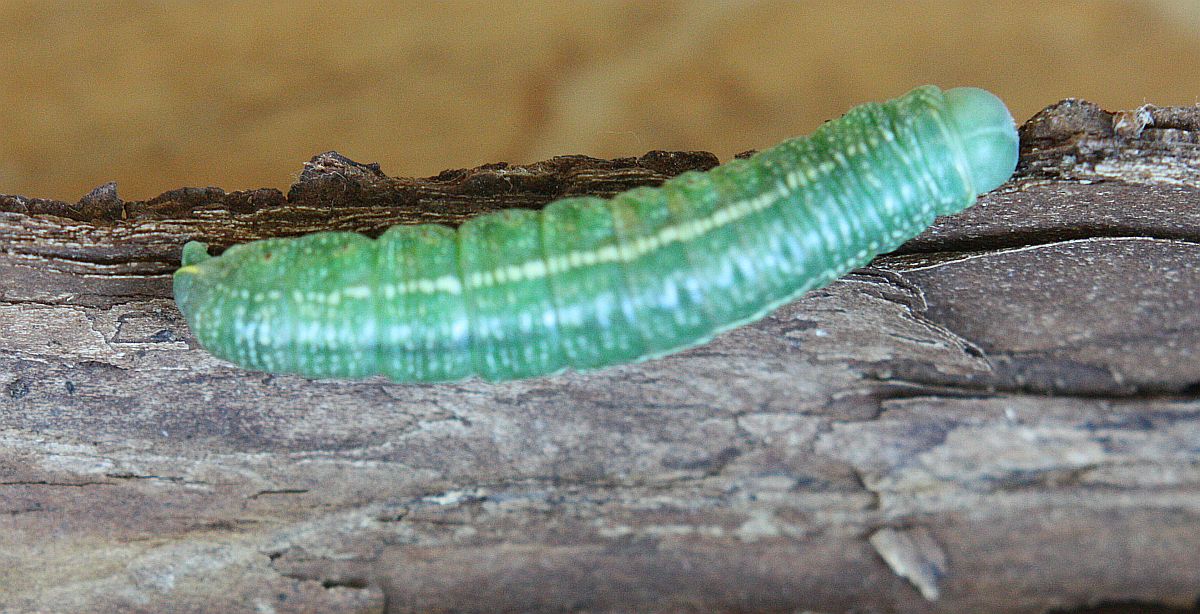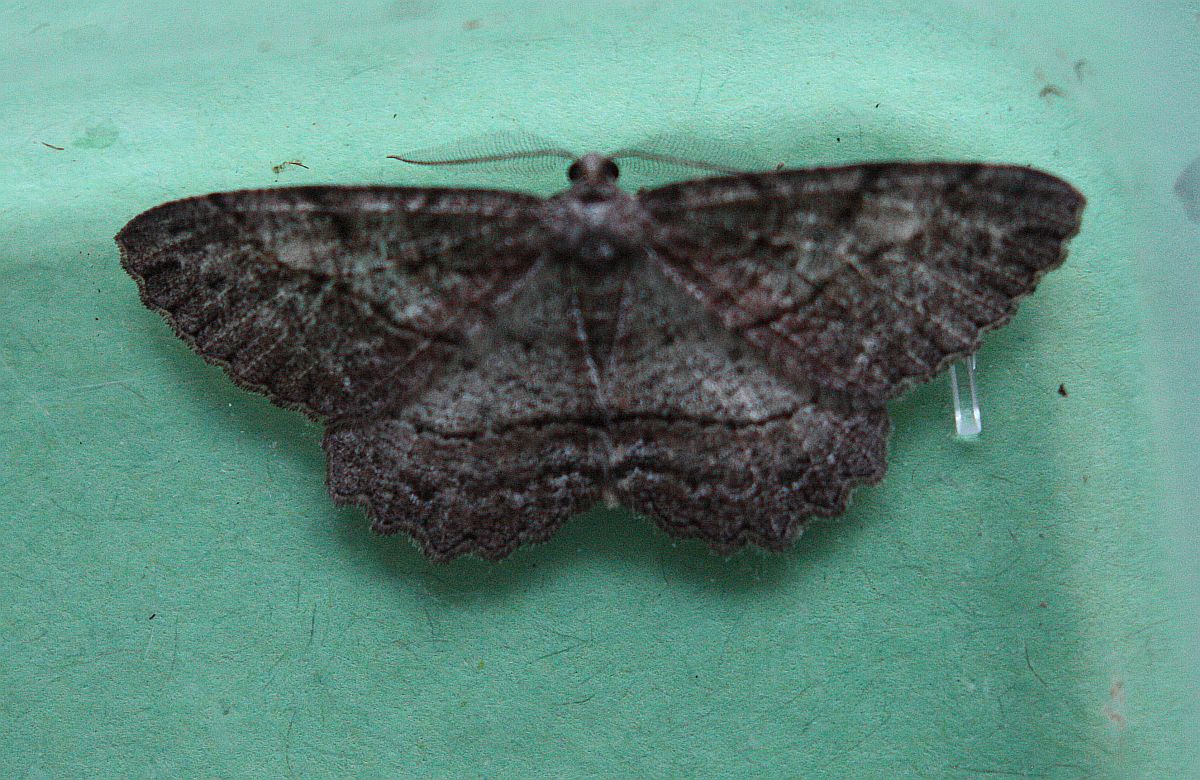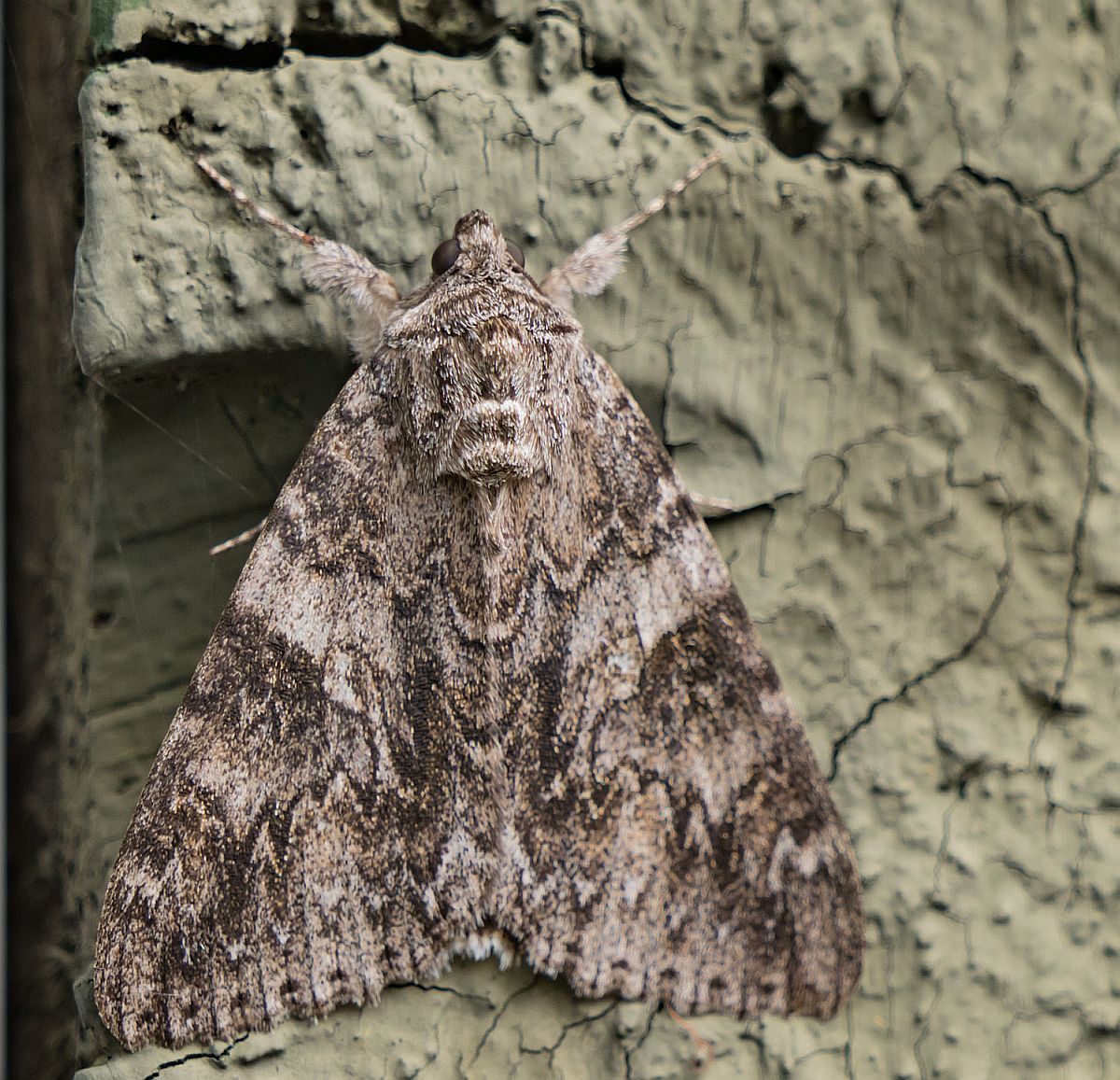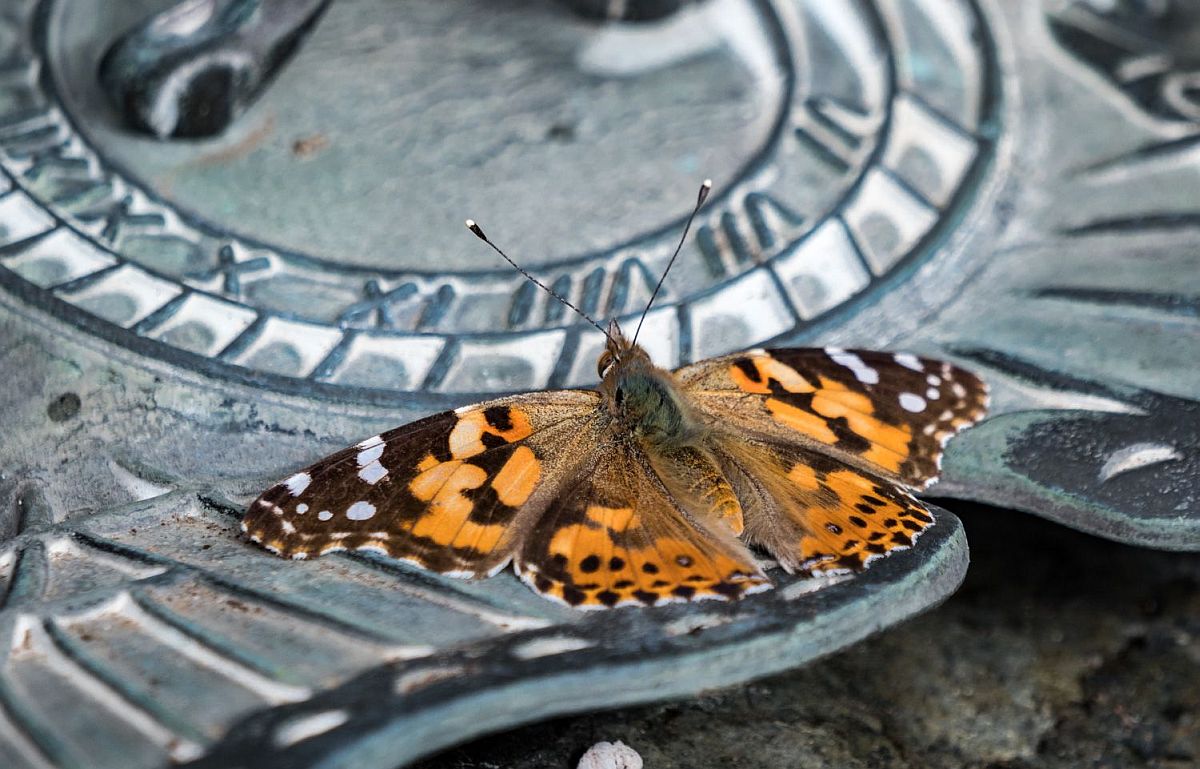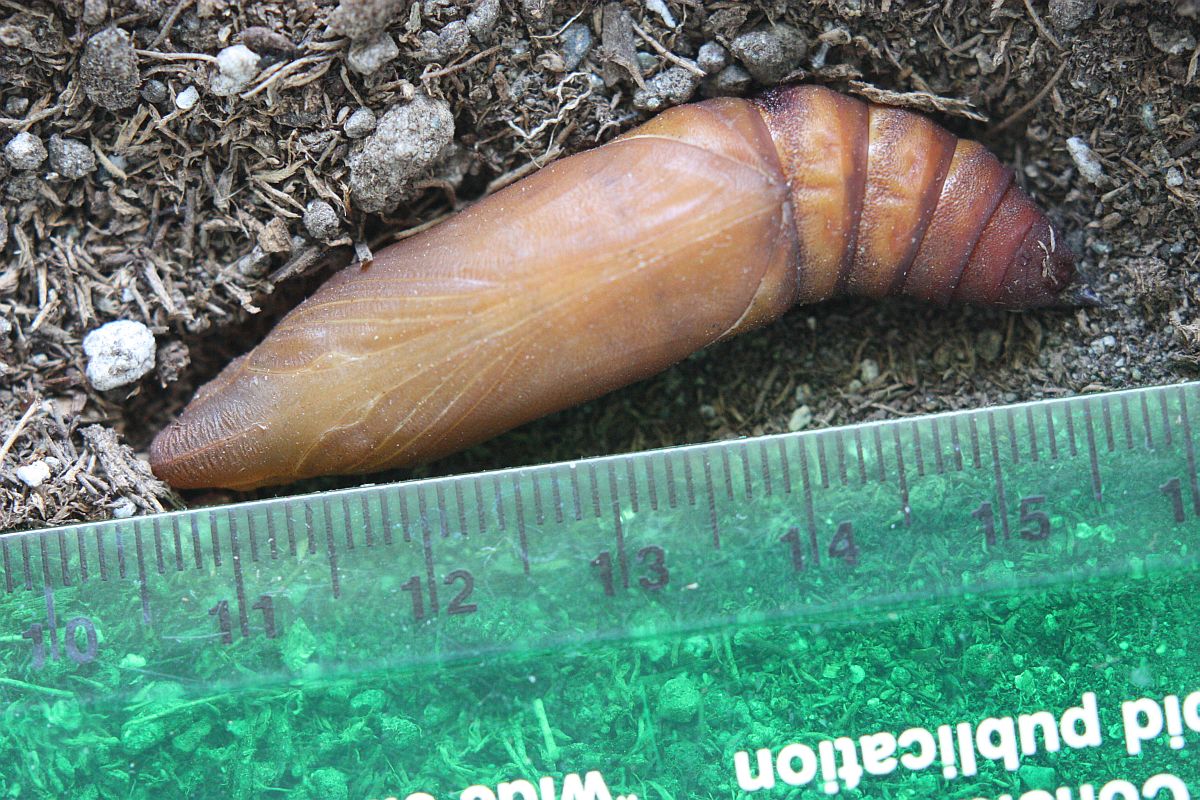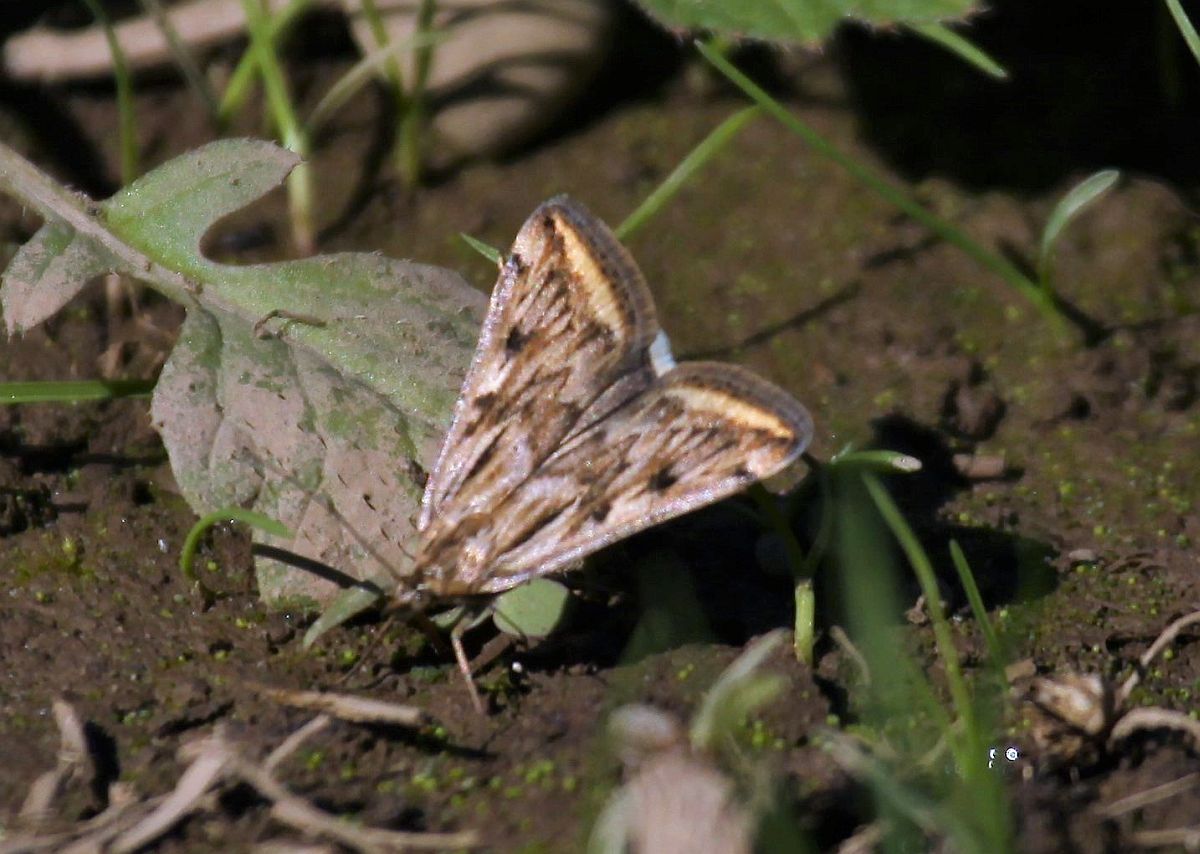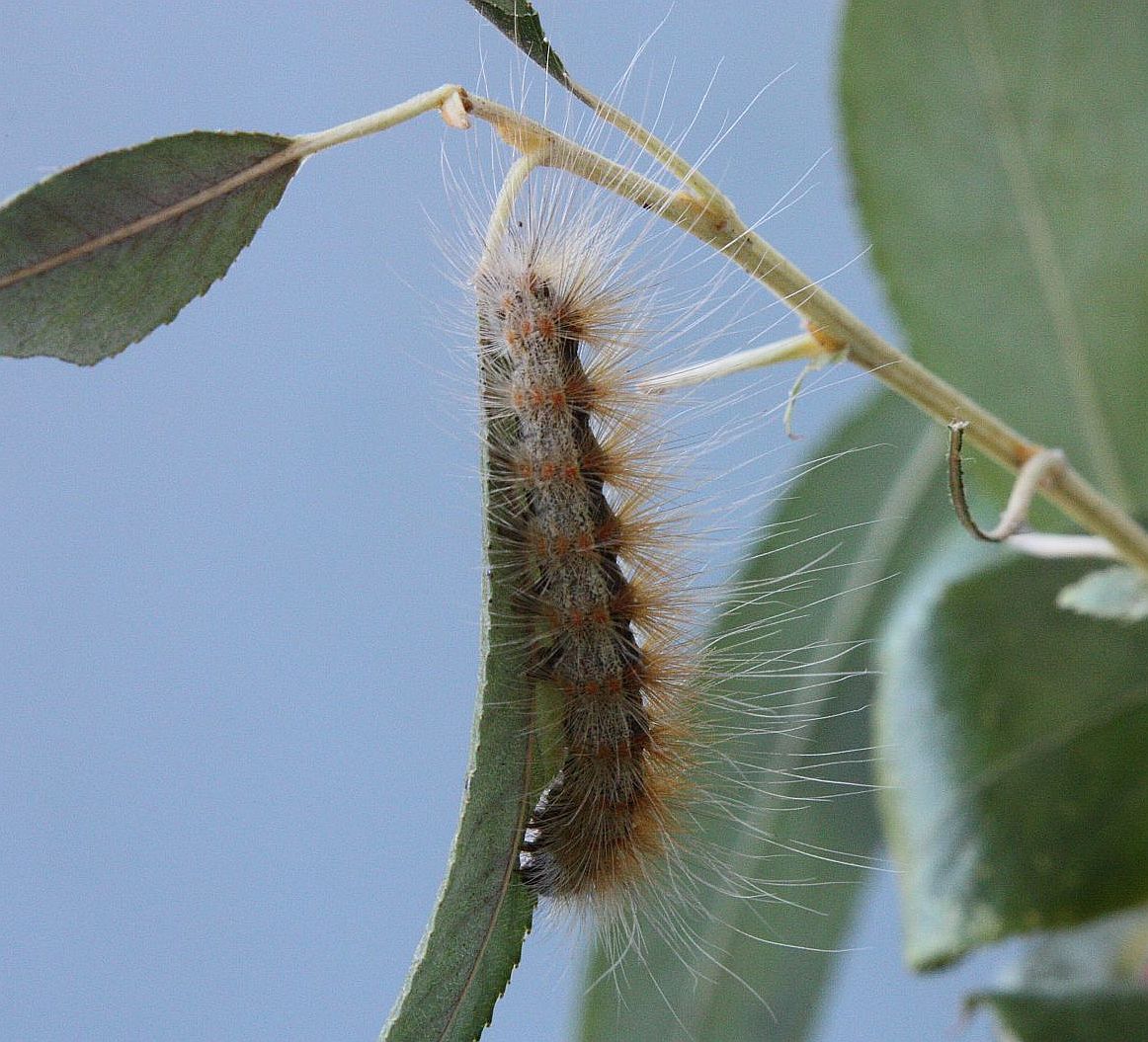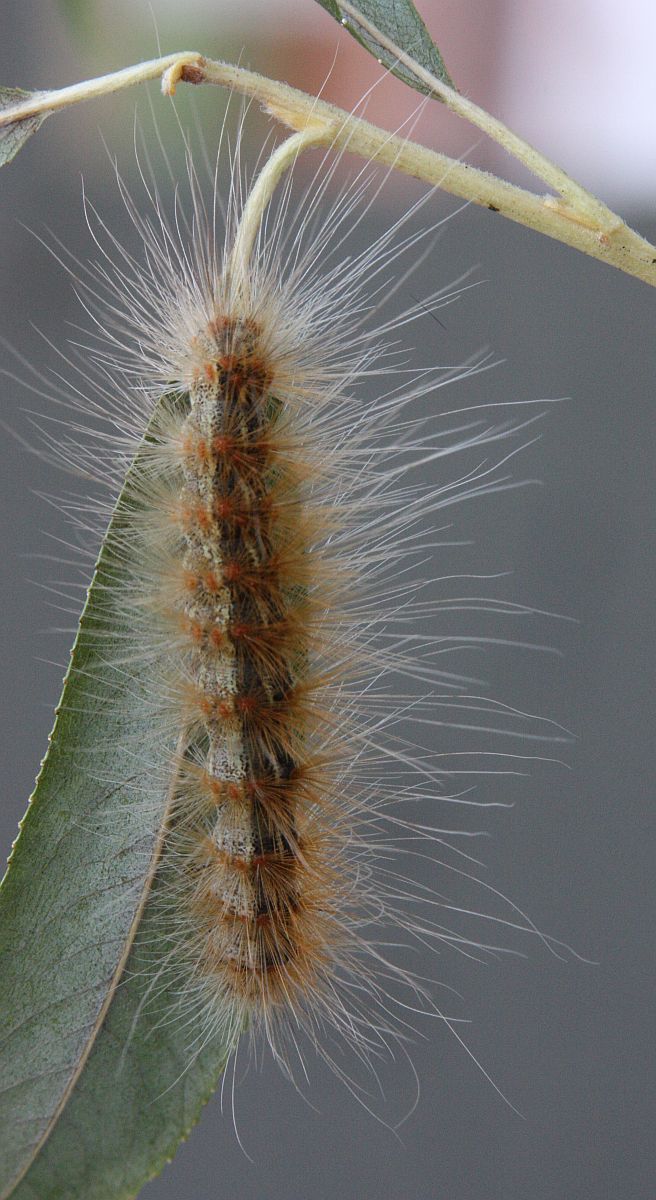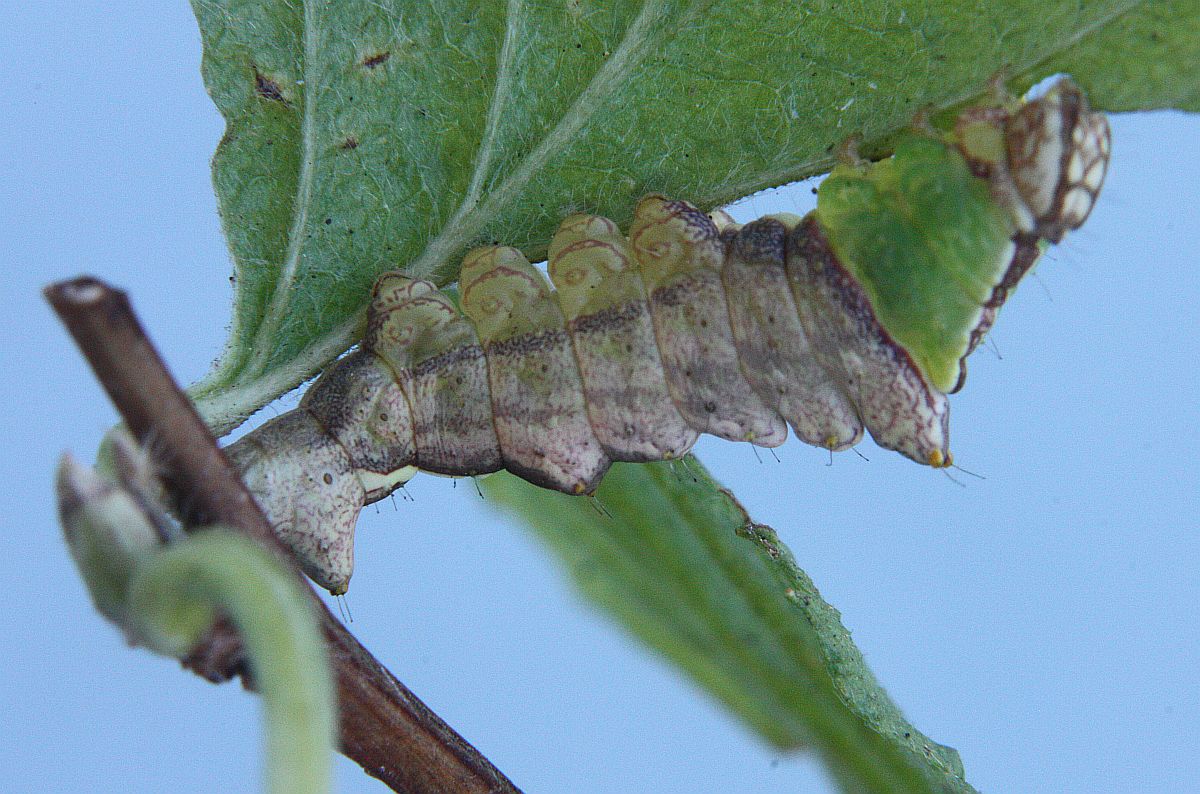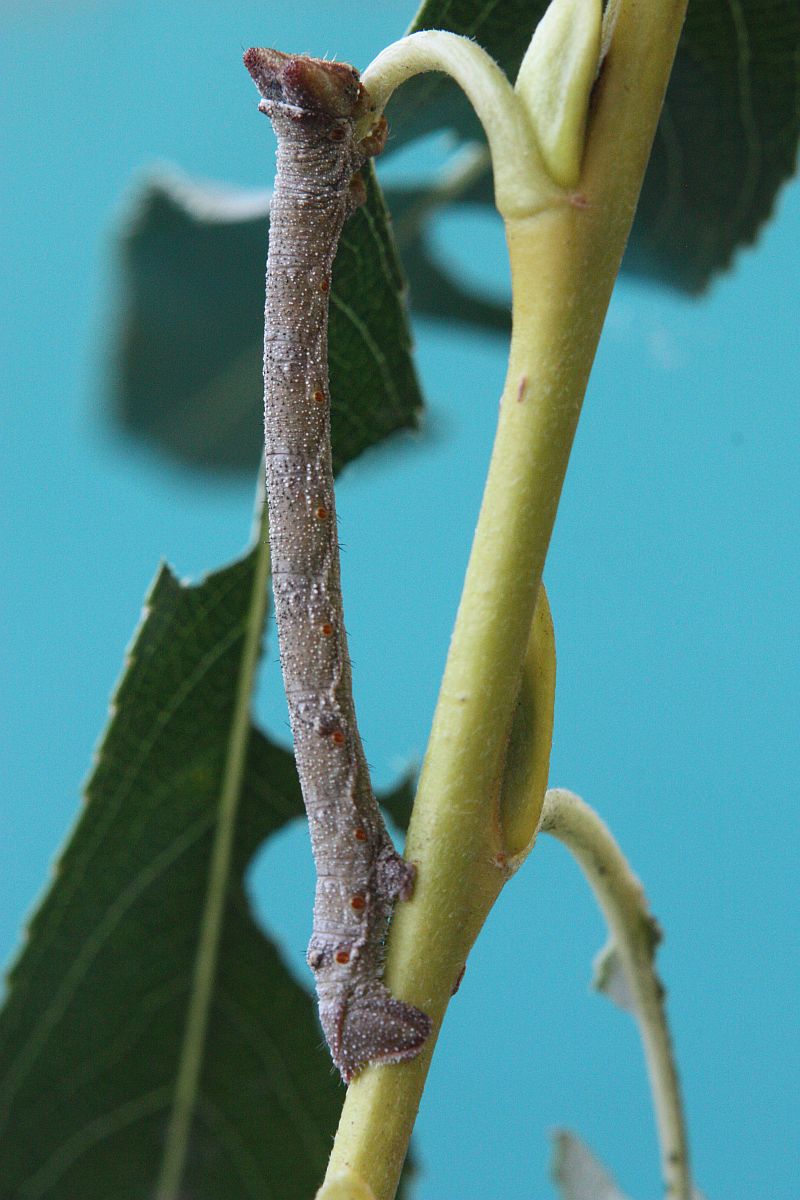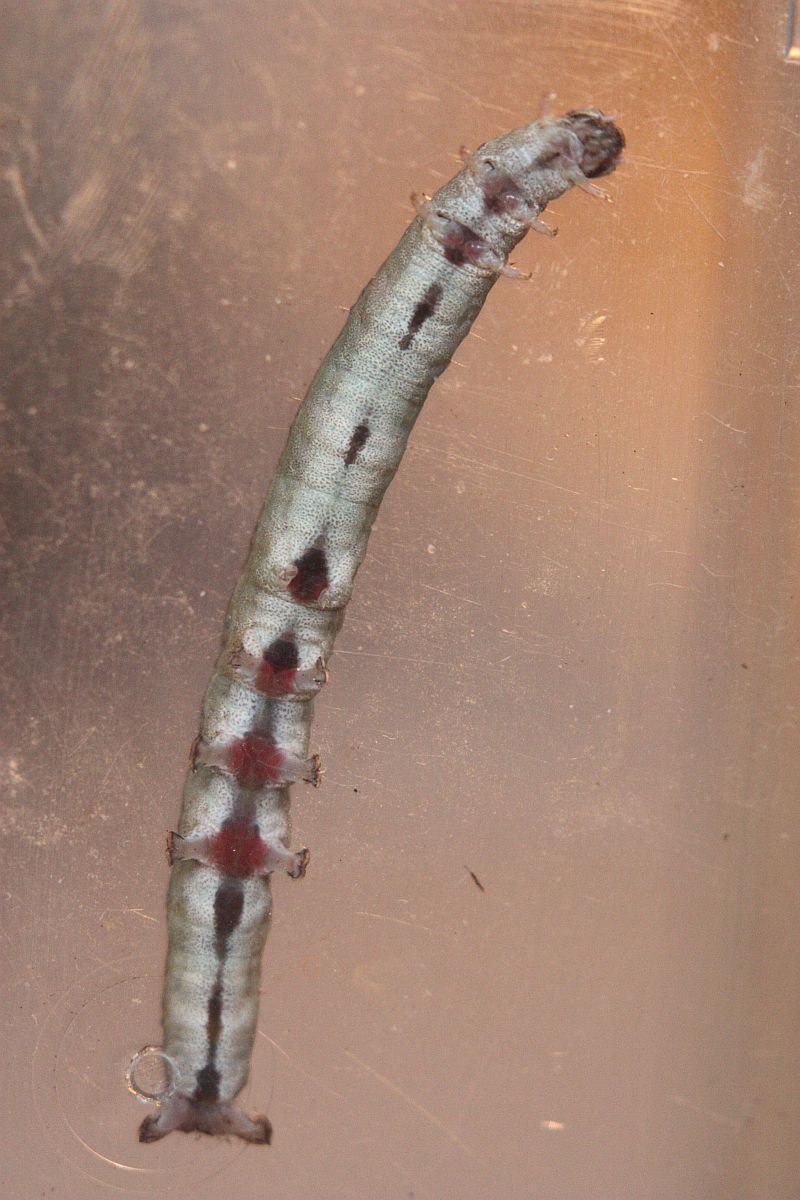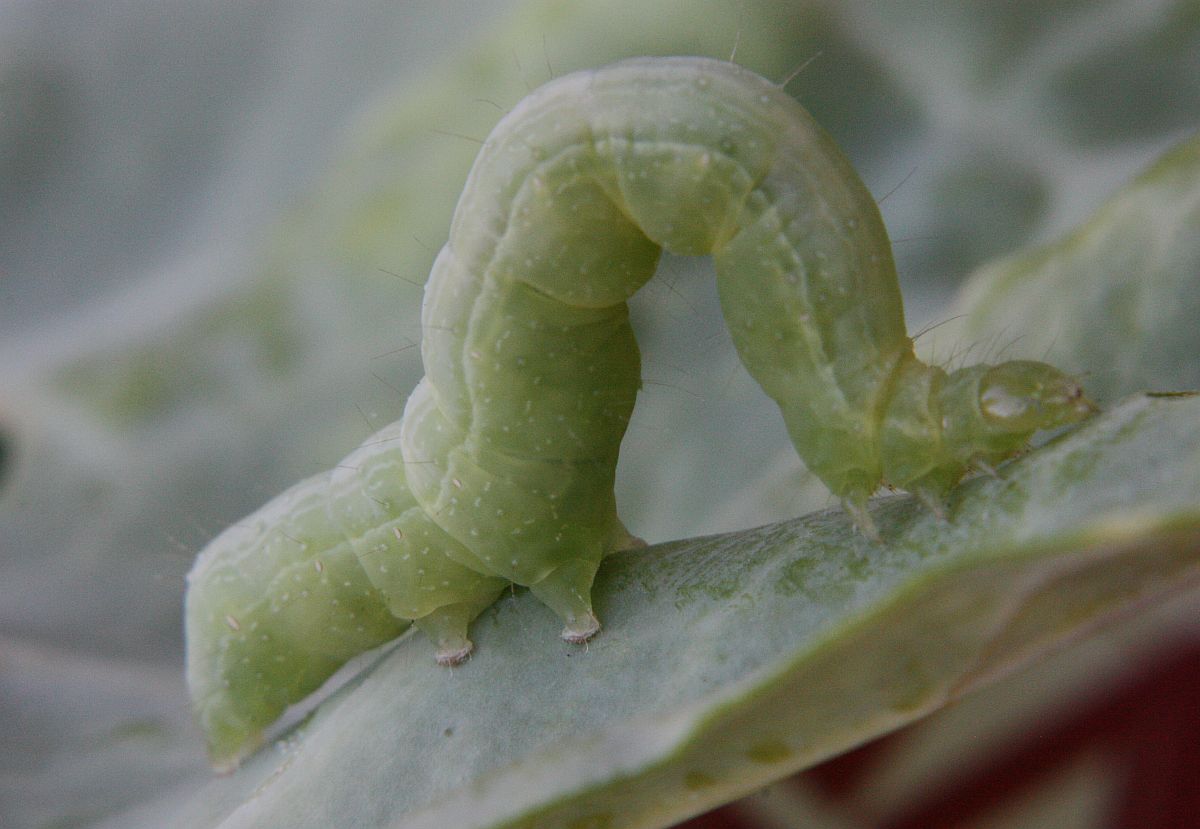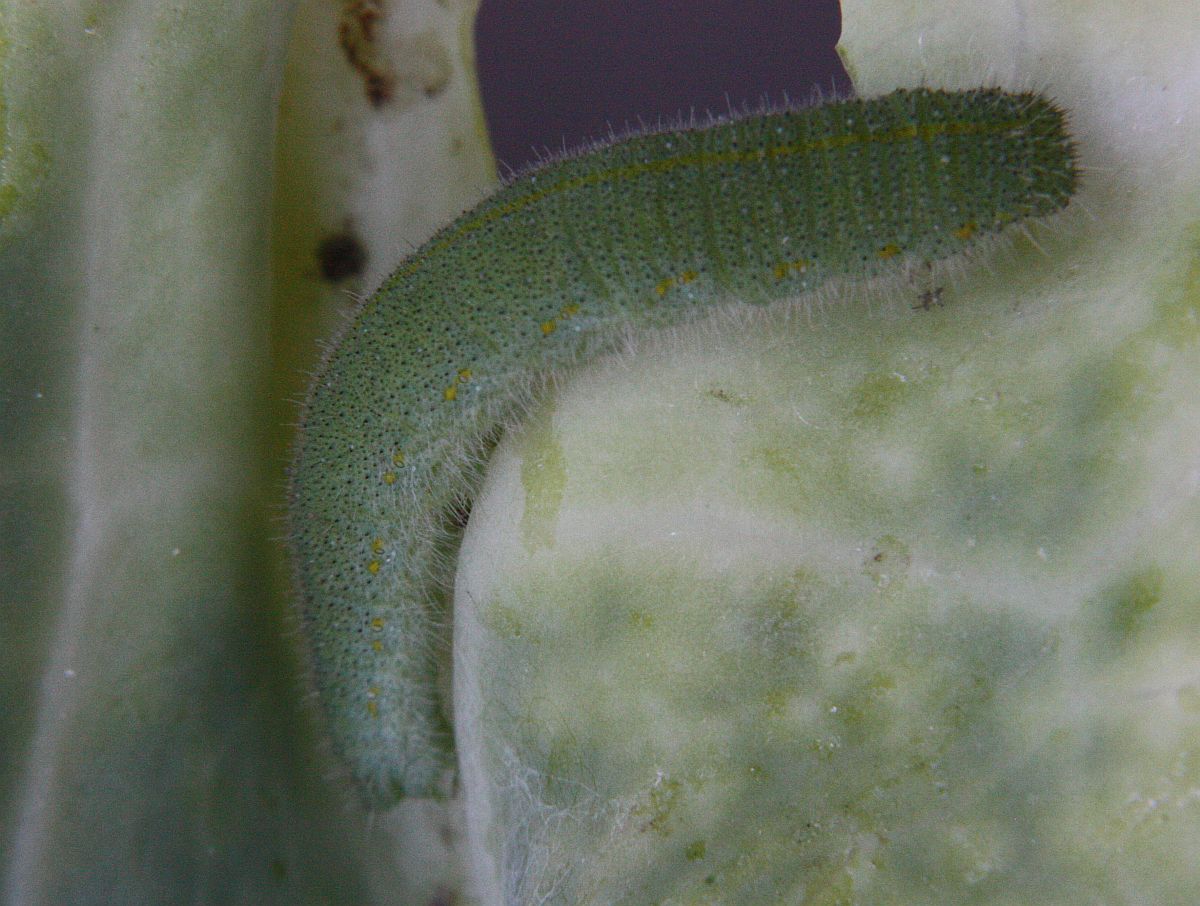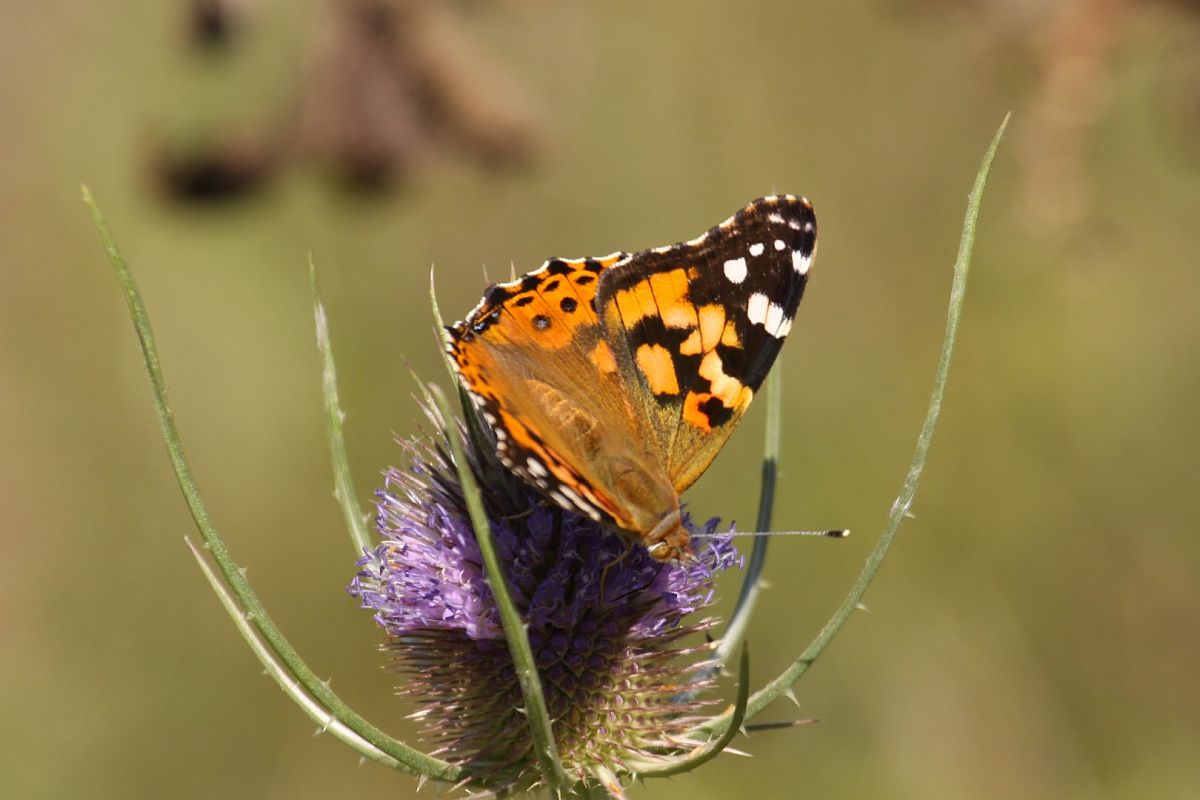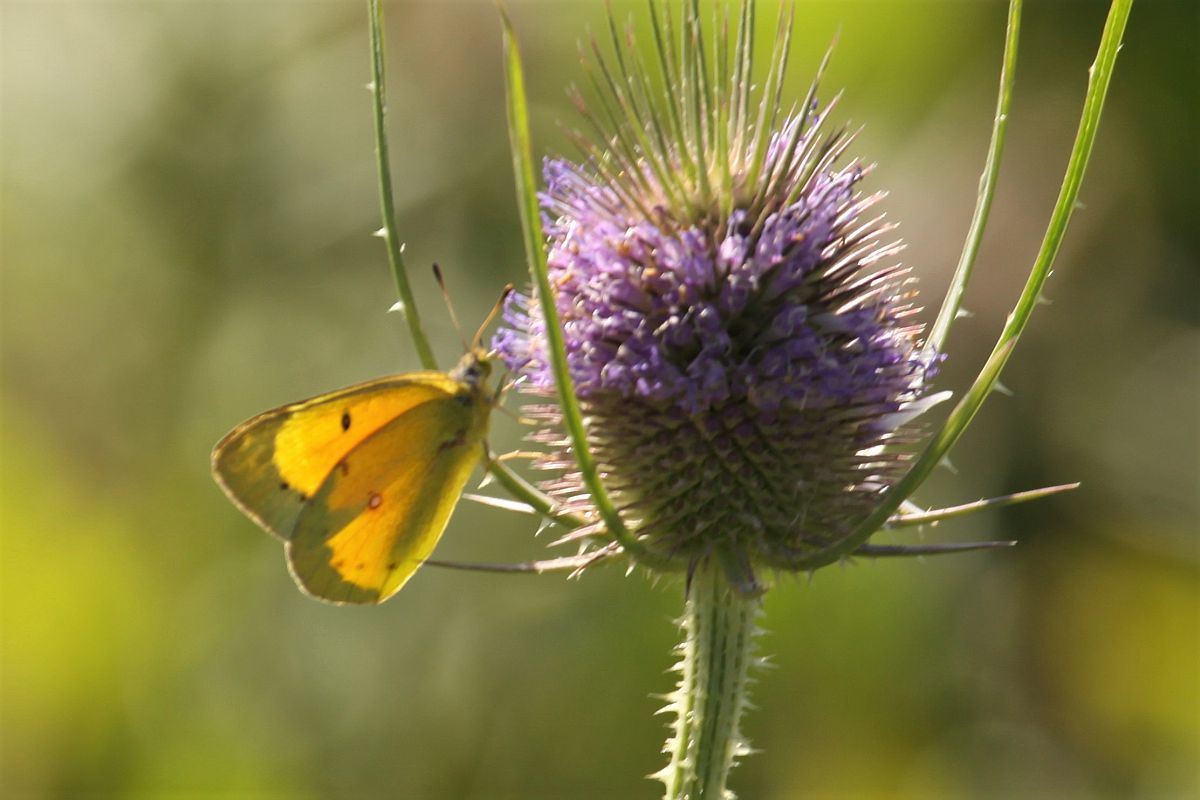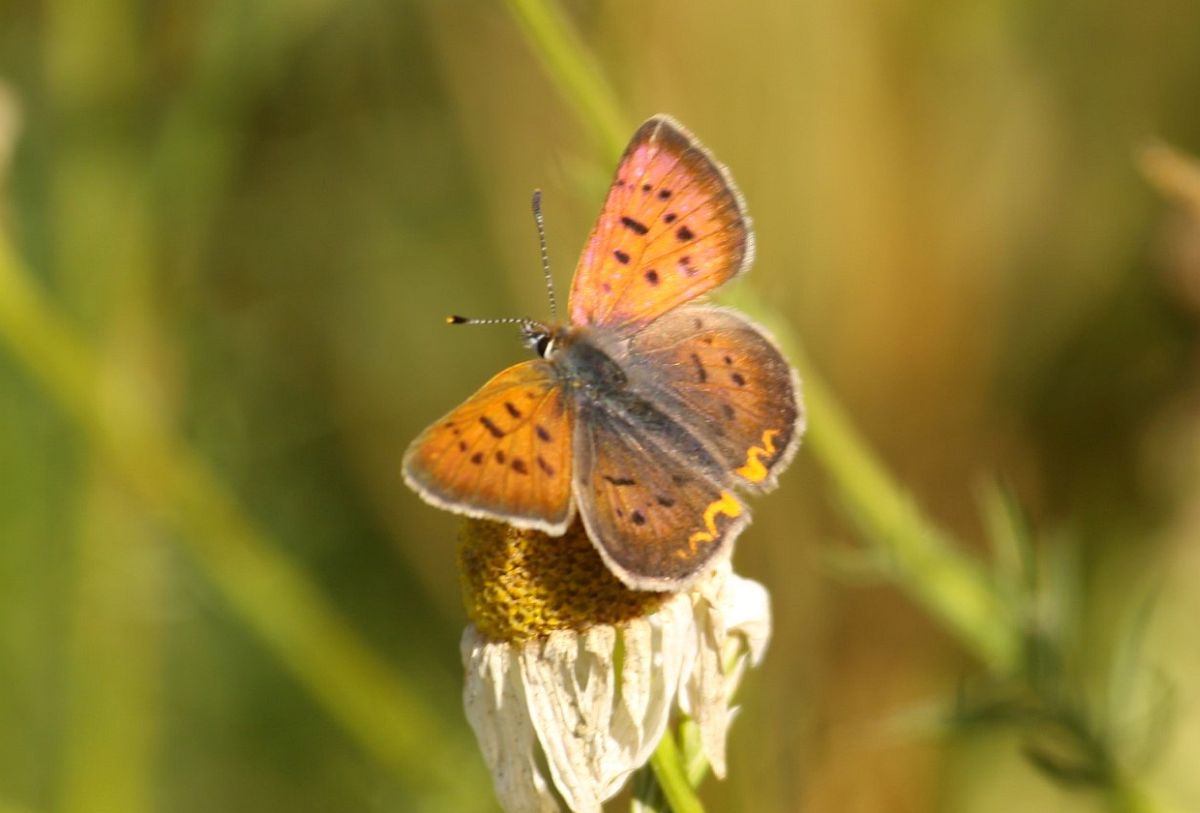2017 September 15
Jeremy Tatum had two moths outside his Saanich apartment this morning:

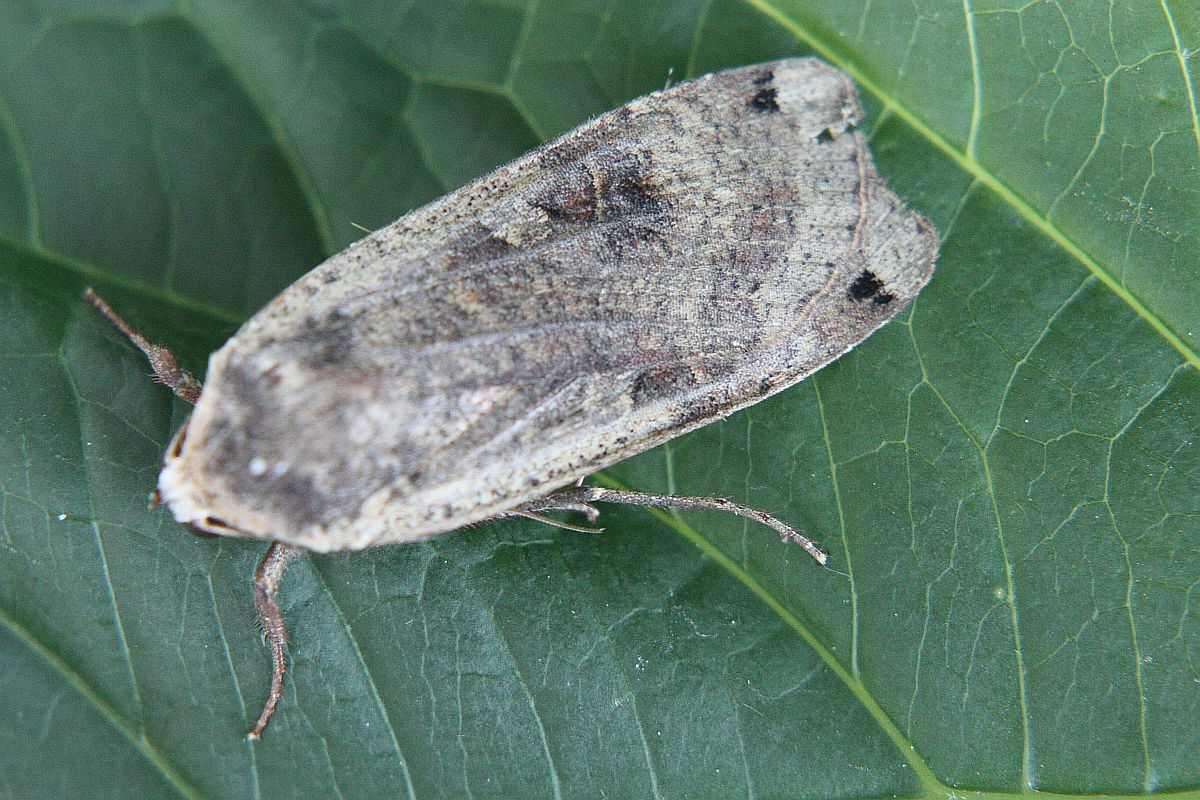
Large Yellow Underwing Noctua pronuba (Lep.: Noctuidae) Jeremy Tatum

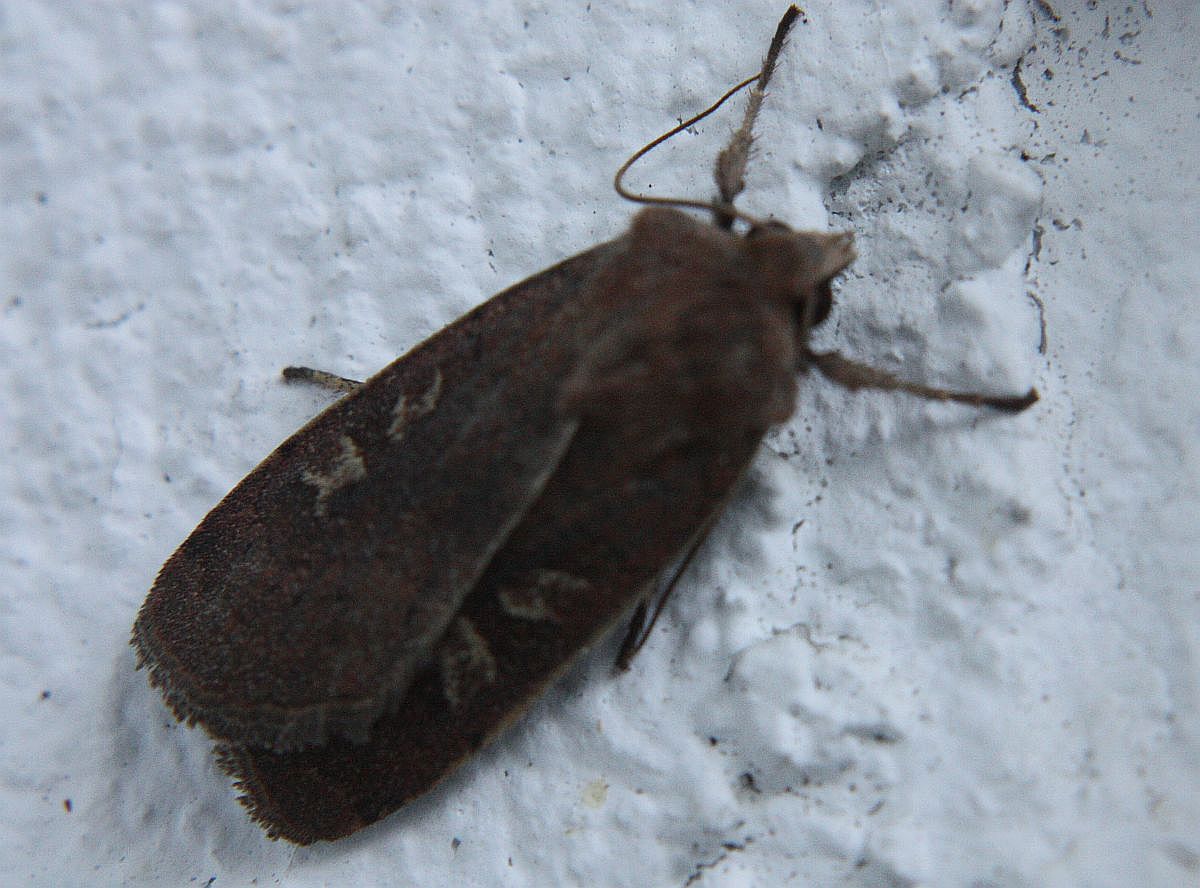
Squarespot Rustic Xestia xanthographa (Lep.: Noctuidae) Jeremy Tatum
The photographs are deceiving – pronuba is about twice the size of xanthographa!
From Gordon Hart
With our last 2017 butterfly count starting this weekend, I thought I would send a summary of the August count. In 2016 a dry summer resulted in very few butterflies flying for our count: 9 species and 709 individuals. In August 2017, we had much higher numbers: 14 species and 1328 individuals counted. Both Cabbage Whites and Woodland Skippers had hundreds more counted, with every species having more than 2016.
-Gordon
|
From Gordon Hart
Hello Butterfly Counters!
The last butterfly count period for 2017 will begin Saturday, September 16 running until Sunday September 24. Please use the submission form on the VNHS website: www.vicnhs.bc.ca/?p=33.
You can submit a count anytime over this period, and you can do more than one count, just use a separate form for each count. In the case of repeat counts, or more than one person counting an area, I will take the highest count for each species. The count area is the same as the Victoria Christmas Bird Count circle. For butterfly identification there are numerous internet sites, but most or all Victoria species are listed on E-Fauna. If you select by photographer, all the photos under James Miskelly’s name are of Victoria species. Here is the link: http://linnet.geog.ubc.ca/efauna/photoGallery/Gallery.aspx?gr=showall&pid=175&photographer=miskelly,%20james&specrep=0
If you need suggestions for a place to count, please email me. If you want to be removed from this list, please let me know. If you know someone who wants to be on the list, please ask them to email me.
Last year was very dry, with few butterflies – all Cabbage Whites and Woodland Skippers. I think this year we should have a bit more variety!
Thanks for participating in the count!
Gordon Hart,
Butterfly count coordinator ,
Victoria Natural History Society

